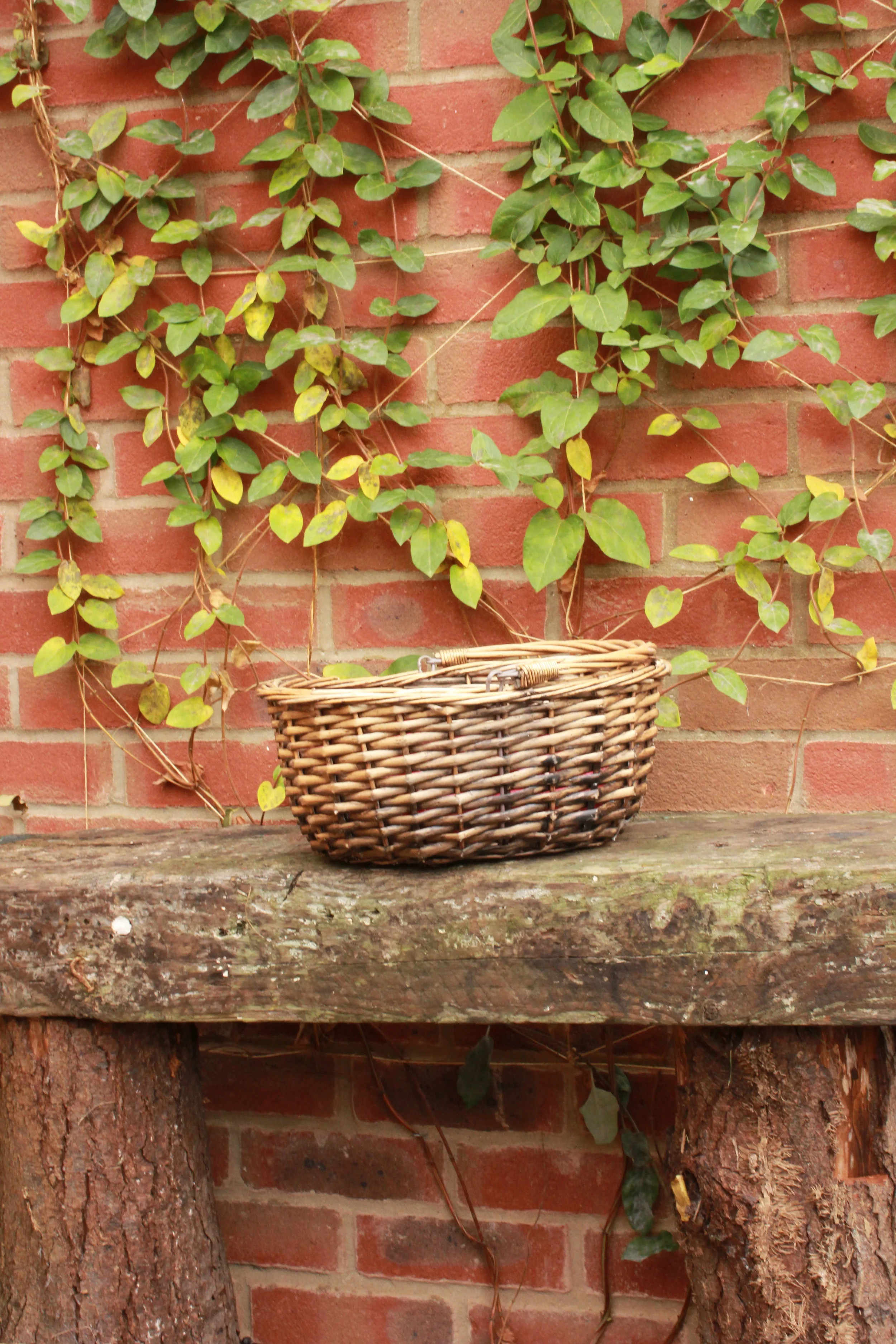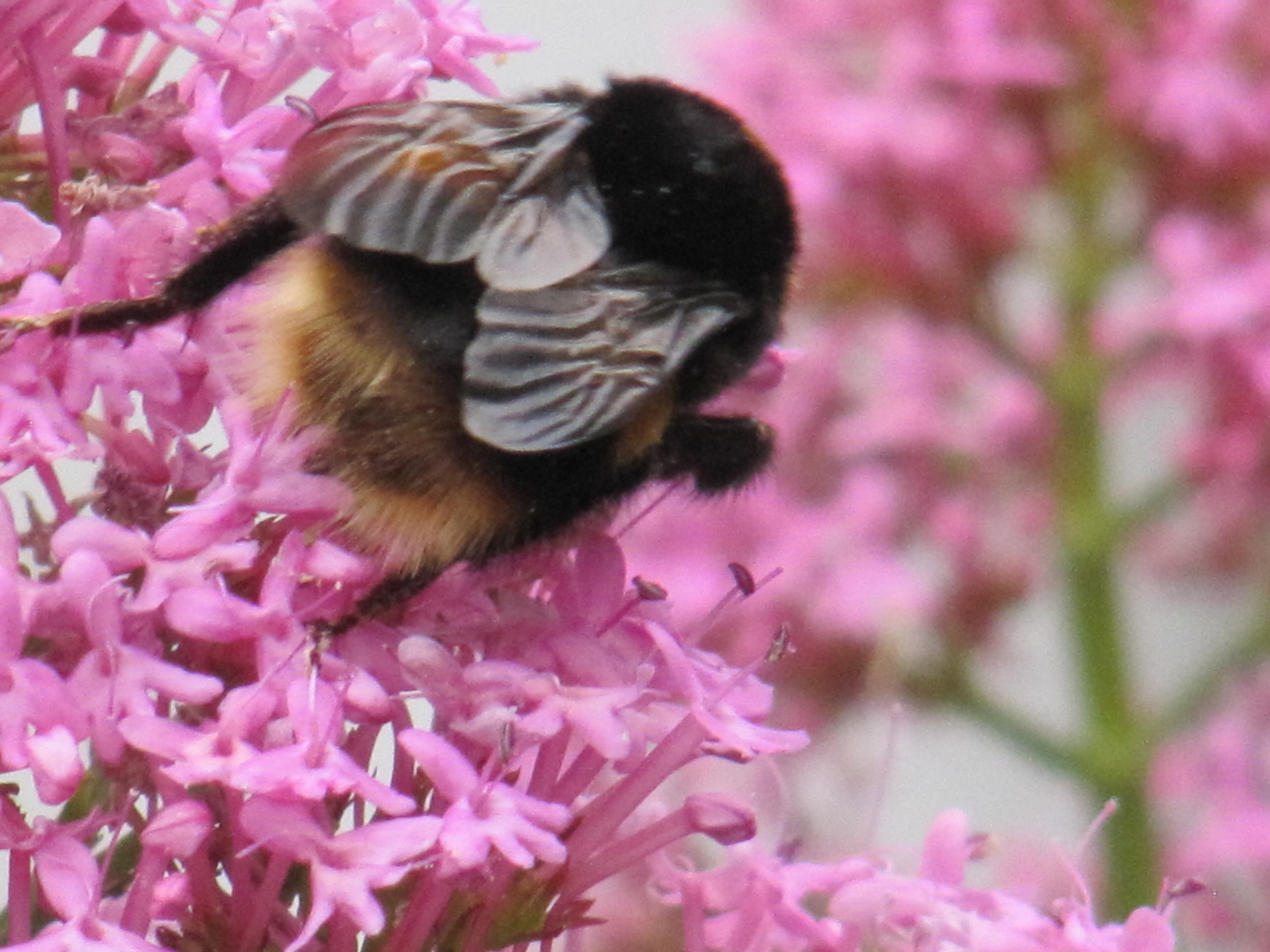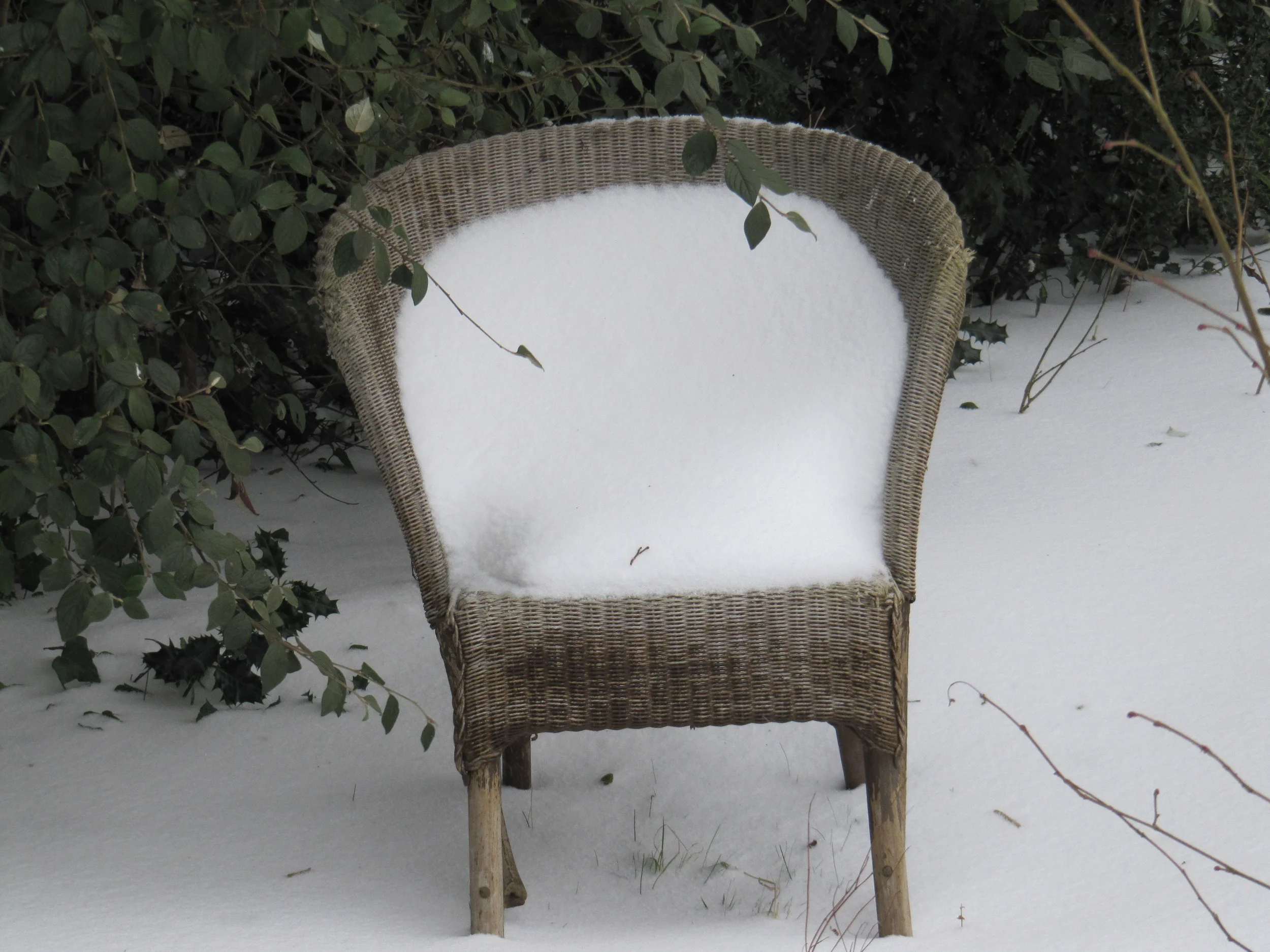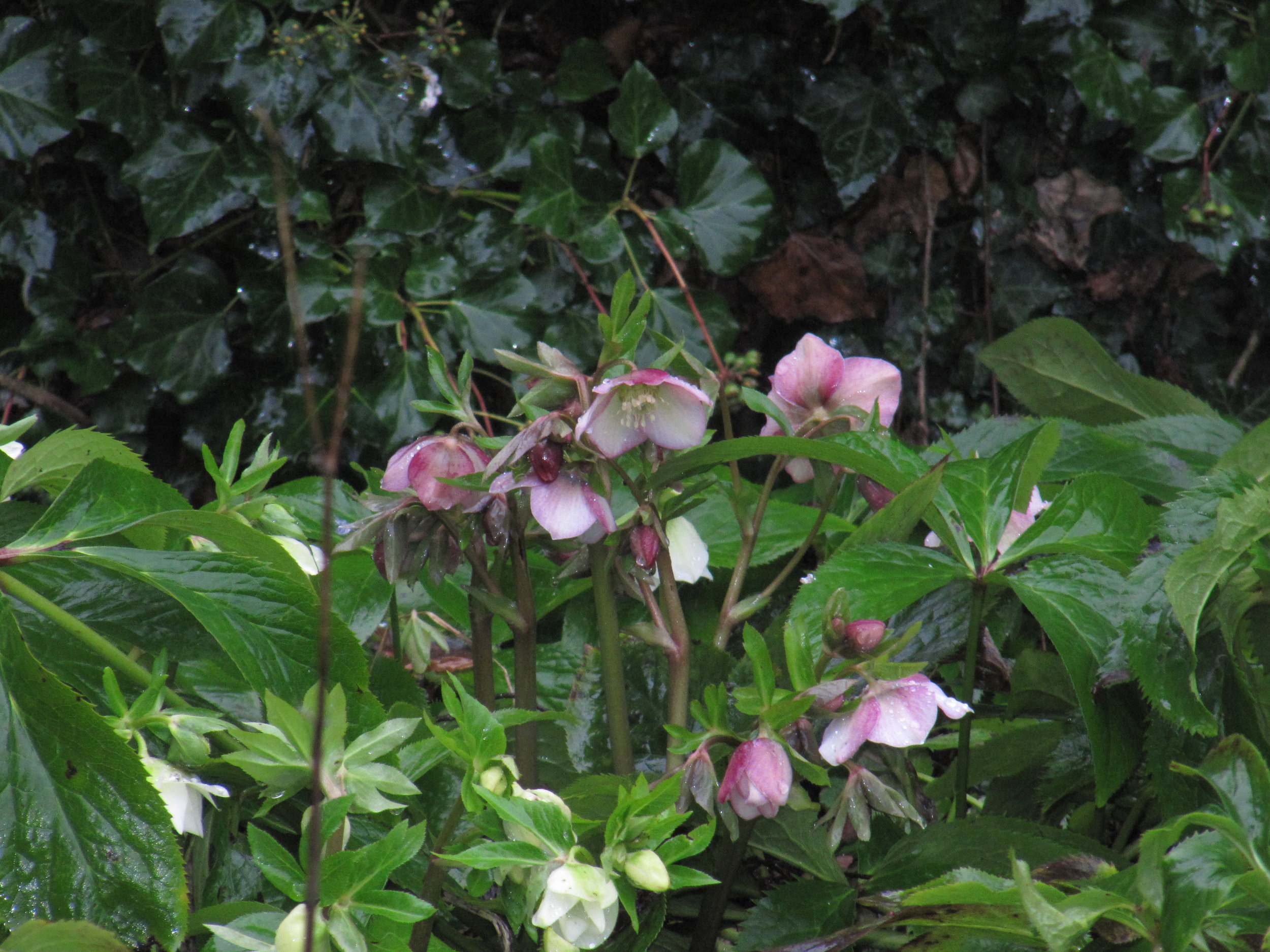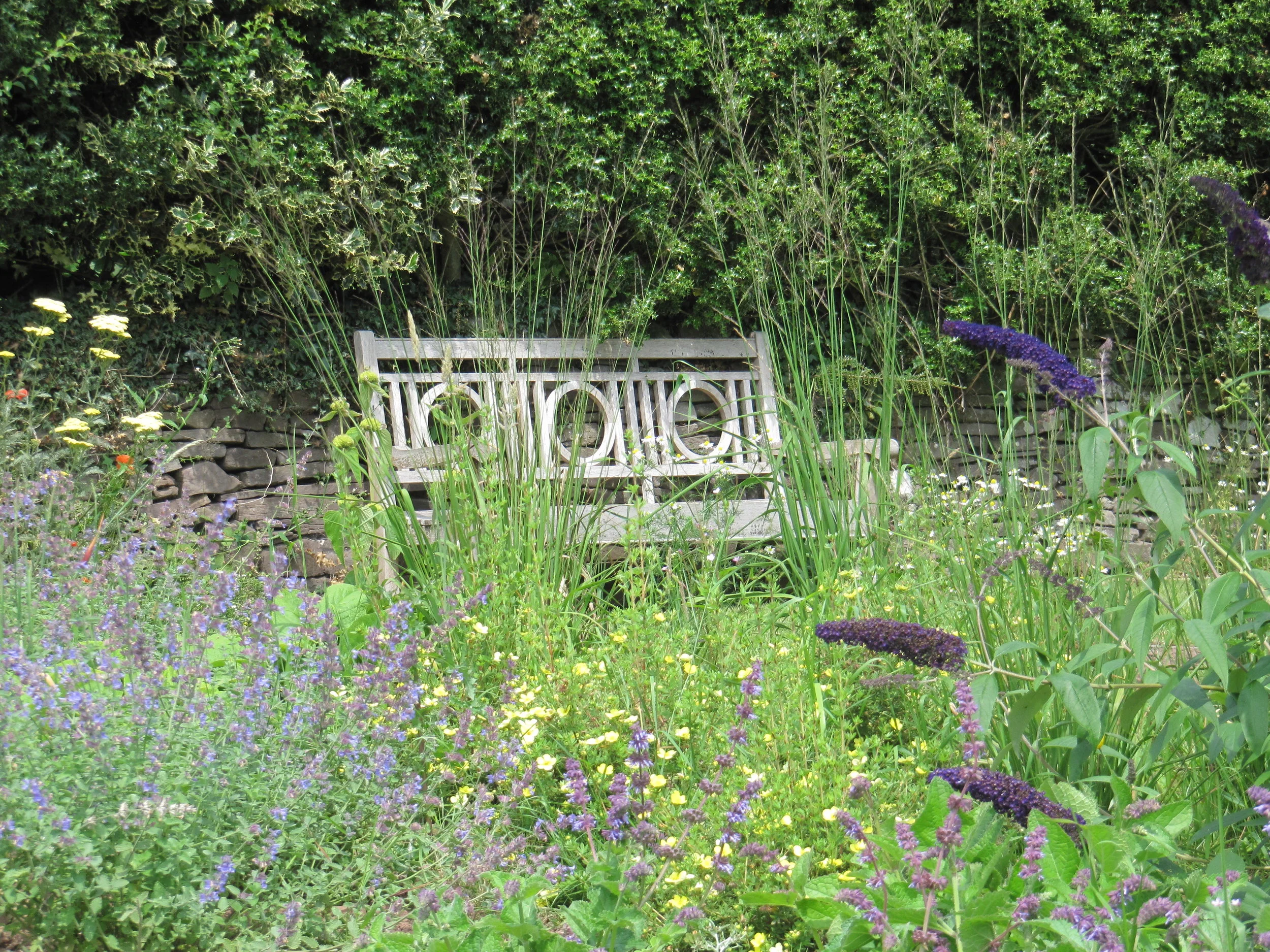My daughter’s gift to me of this year’s almanac took me right back to my early childhood and memories of my grandpa for whom his almanac was a constant companion. I might not need to know the tide times at Dover or when the sun will set in Inverness or Padstow but guessing that we are roughly a quarter of the way up the country I can work out that by the end of this month it will be light by seven and not dark again until just before eight, that’s over twelve hours of daylight, what a cheery thought!
If I manage to organise myself I have at my fingertips the dates I need to sow, plant seedling and harvest according to the phases of the moon, I have a reminder to look out for hedgehogs coming out of hibernation and as I look for activity from my beehives I am told that this month the queens will be busy laying eggs to replace the workers lost over winter.
Of course now we have any information we might need at the click of a mouse, but not so my grandpa for whom this little book was his bible. Over my lifetime we have lost our close ties to nature’s calendar and I have been reading my almanac with a mix of curiosity, nostalgia and a sense of hope. No matter how much technology changes our way of life our precious planet will continue to turn and whether we humans are still here, or have become extinct through our own greed and stupidity, March will always be the time when the hours of darkness and light equalise and nature responds.

































